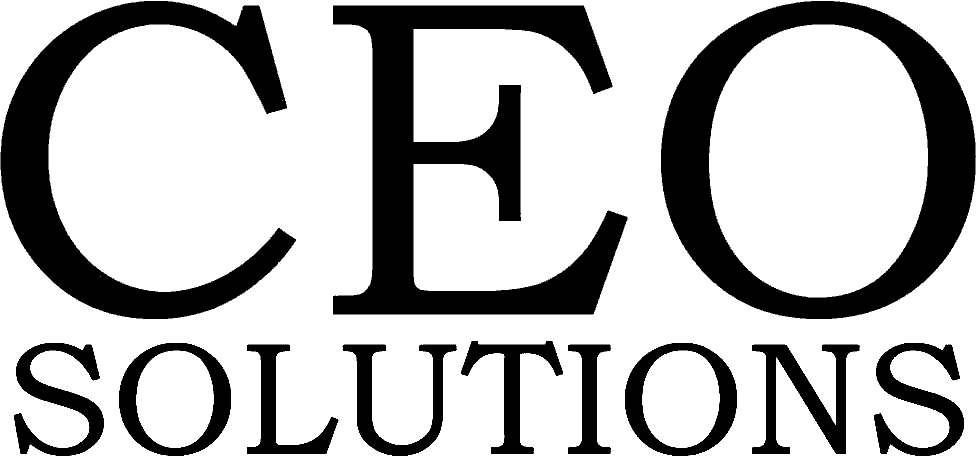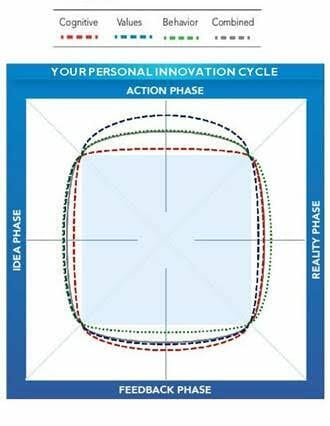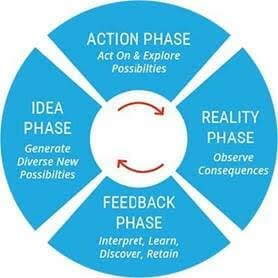In our previous blog posts, we have discussed the Innovation Cycle, detect – correct, innovation vs status quo, and improving communication through innovation. Now, for the next in this series: the Reality Phase.
We agree that Innovation is an import skillset for success, both in business and in personal life. The challenge is, how do we continually enhance our ability to innovate?
Let’s look at the first phase – the Awareness, or Reality Phase – and learn how we can enhance this aspect of innovation.
There are three key components that make up your InnovatorMindset score. They are:
- Cognitive: how you logically or contextually view observation. You can think, “Yes, I am curious and want to explore ideas.” This is good as it causes you to be aware of new ideas or information, and be open to them on a thinking level.
- Value: whether you place a higher value on the existing and proven knowledge or the new and unknown thinking and ideas. If you truly value new inputs, you will be more likely to ask questions, inquire more, explore and discover.
- Behavior: your actions when you observe something new or different. Do you actively pursue new information, sources of insight, discuss, listen, and act on your curiosity?
Let’s say you have a high cognitive mark towards innovation, but scored lower in value and behavior. New information or a new idea is observed and acknowledged, but you value the known and proven more. Therefore, you question whether it is worth the time to explore; even though your thinking says go, what you value holds you back. The same occurs with your behavior, although you cognitively say the observation has merit, your behavior does not move you to explore, but instead to default to the known and existing, thus you take no action.
A person with high marks in all three categories would respond in the following way. A new observation is made and, in response, would realize that the idea has potential and needs to be explored. Because the value is high, curiosity is heightened and there is no blockage to exploration. Behavior being supportive so actions take place immediately, questions are asked, people are sought out, and the information exploration is propelled forward.
To enhance the cognitive aspect of innovation in the reality phase, explore how you think. Is your thinking one of exploration and new ideas, or one of status quo and safety in proven knowledge? Question yourself until you can articulate why you think about innovation and new ideas as you do. What can you do to choose a different thought pattern?
Evaluate what you truly value. Is stability, safety and avoiding error more valuable to you than a new idea? If so, why? What could potentially help you to value innovation more? This is an emotional response more than a logical one, so dig deep into the “why” of your feelings on this. It may not be fear, but understanding what you value and why you value those things can lead to some great insights and further growth in innovation.
Our behavior is what we actually do, and is often influenced by our cognitive and value, yet it can override them if needed. Do you see yourself as bold and willing to explore openly when you observe a new idea? If not, why? And what might you do differently to change your behavior? Observing but taking no action is an indication of low behavior in regards to innovation.
The most important thing to remember about the reality phase is that this is about mindset, not a locked in behavior or personality trait. It can be changed with effort, and can be made permanent. The more aware of why you do things and why you act the way you do when making new observations can be a great first step in improving your personal as well as your organization’s approach to Innovation.
When a new observation is made, be bold, act on it, pursue it and you can improve your InnovatorMindset score.
For more on the InnovatorMindset® contact CEO Solutions/H. Goerger & Associates Inc. dba AskHG, one of the first to be certified in the nation.
InnovatorMindset® is the property of Dennis Stauffer, www.InnovatorMindset.com






